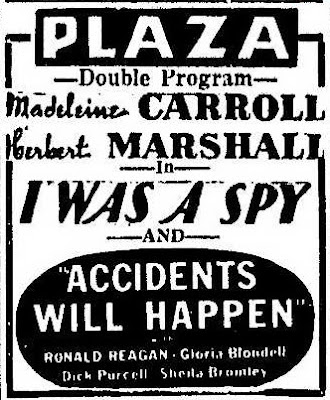Jay Cooke was born in Sandusky, Ohio on August 10, 1821. After
working for E.W. Clark and Company, he opened his own banking
business in 1861, known as Jay Cooke and Company. His company prospered, and
during the Civil War Jay Cooke and Company negotiated loans for the government and sold bonds to raise capital for
the Union cause. Because of his fundraising efforts in the 1860s, he became known as the “financier of the Civil War.”
On October 3, 1900 Jay Cooke
read an address to the members of the Firelands Historical Society at the Trinity Methodist Church in Sandusky.
Cooke’s address was printed in the December 1, 1900
issue of the Firelands Pioneer. Besides
discussing his successful fund raising efforts during the Civil War, he recalled many fond memories of his early days in Sandusky, such as going
hunting with Judge Caldwell. He remembered that the first train from Sandusky
to Bellevue was horse drawn, and that a cannon had been shot off at the ground
breaking of the Mad River and Lake Erie Railroad. He revealed that he had
sent the first telegraph to Sandusky, written in Philadelphia and sent to his
father Eleutheros.
You can read Mr. Cooke’s entire address in the Firelands Pioneer of December 1, 1900.
In
the nineteenth century photographer A.C. Platt created this stereographic card
which features the steamer named Jay
Cooke in honor of the Sandusky born banker.
A silver spoon with inscribed with the name “Jay
Cooke” is in the historical collections of the Follett House Museum.
A marker noting the birthplace of Jay Cooke can be
seen in downtown Sandusky on the north side of East Market Street.

 this blog
this blog

















































